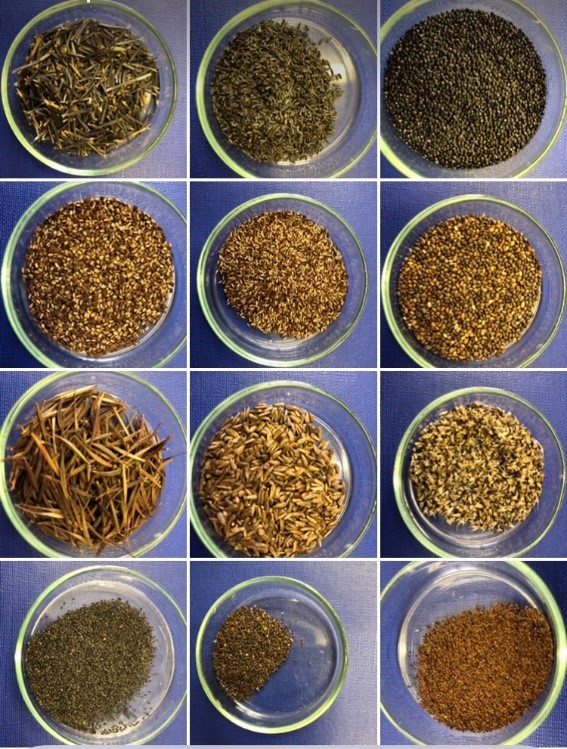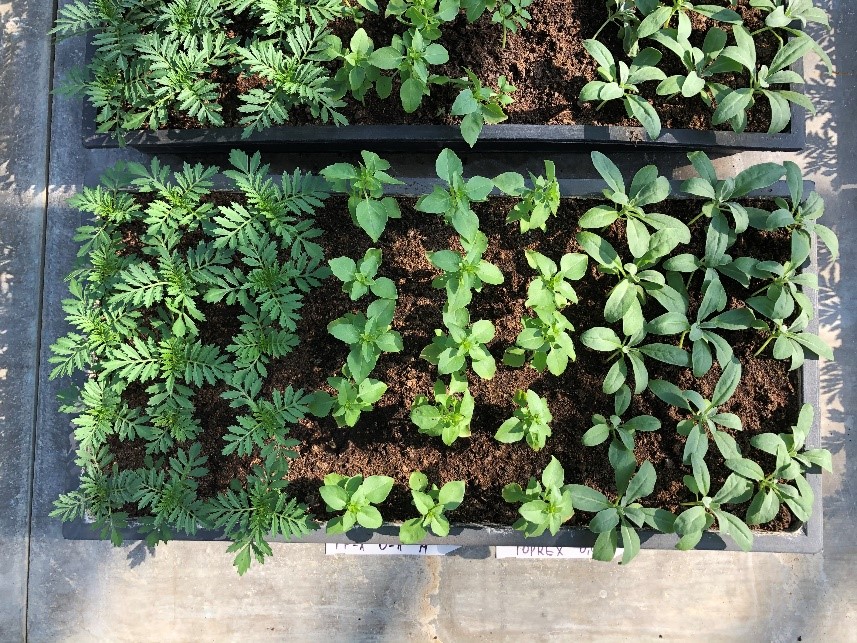gene consevation in Budatétény - Institute of Landscape Architecture, Urban Planning and Garden Art
Gene conservation in Budatétény
Gene conservation in Budatéteny
Last modified: 10. February 2023
The headquarters of the Hungarian University of Agricultural and Life Sciences is in Gödöllő, but it has many locations throughout the country. In one of Budatéteny, the Ornamental Plant Cultivation and Green Area Management Research Group of the Institute of Landscape Architecture, Urban Planning and Ornamental Horticulture. This research group deals with the cultivation, breeding and research of ornamental plants in the Rose Garden and in the buildings of the Research Institute. From June until frost, the Park Street area presents a really rich color combination to the eyes of visitors to the Rose Garden. And what is the origin of this magnificent color scheme? Well, it is created as a result of many experiments and tasks.

The members of the Research Group carry out the annual maintenance of more than 80 Hungarian-breeded annual ornamental plant varieties (mainly Tagetes patula, Rudbeckia hirta, Celosia plumosa, Ricinus communis, Gaillardia pulchella, Zinnia angustifolia, etc.), which from the 1950s to 2010 Bred by Dr. Zoltán Kováts. This means that the varieties are propagated by sowing seeds in a greenhouse during the winter, and then they are raised as seedlings. After that, after the spring frosts have passed, the seedlings are moved to open ground at a specified distance between rows and plants. This is necessary so that individuals can be observed in detail.
The selection takes place approximately every week. Selection means that those that are not identical to the variety are removed from the planted individuals of the variety (for example, they are taller, shorter or have a different flower color). This selection work is continuous, because in the case of plants propagated from seed, the resulting plants can never be completely uniform. This process is negative selection.
There is also positive selection, during which those individuals are selected which, although different from the basic breeds, are special, unique and even new breeds can be bred from them.

If the stock is completely uniform, after regular nutrient supply and weeding, the seeds can be harvested by hand and in stages in autumn. The harvested fruits hide the seeds, which are cleaned with threshing and seed cleaning machines during the winter. After that, comes the germination phase, during which they look in several repetitions to see how many percentages of germination the given variety achieved in the given year - depending on this, it can be commercialized.
Previously, the Research Group dealt with retail distribution for years, but now seeds are only sold by pre-order.
There are not only so many tasks with varieties, as continuous improvement breeding is also an important task. One of the defining phenomena of our days is climate change, the effects of which can be experienced year after year in our own garden. The species and varieties that 20-30 years ago lived, flourished and thrived in the garden without any problems, now can hardly withstand extreme summers or droughts at all.
Another important endeavor of the Research Group is therefore the creation and breeding of new varieties that tolerate the current climate. Since 2020, they have been breeding Rudbeckia hirta and Ricinus communis among the annuals, and they are also working on breeding other woody species, such as Ginkgo biloba, Lagerstroemia indica and Platanus.

Since environmental protection is increasingly important to people today, the environmental load test resulting from various technologies is also essential. To this end, the harmful effects of herbicides in the management of green areas in our settlements are also being investigated.
The members of the Research Group, under the leadership of the Institute of Landscape Architecture, Urban Planning and Ornamental Gardening, take care of the Budatetény Rose Garden and participate in its renovation. Preservation of the approximately 1,100 varieties of roses in the gene bank is also a state task.
The tasks related to the Rose Garden were also discussed by the director of the Institute of Landscape Architecture, Urban Planning and Ornamental Gardening, Dr. Albert Fekete, and the head of the Research Group, Dr. László Orlóci, at the Rose Garden Exchange event held in October 2022, which is expected to be organized at the beginning of the summer of 2023. make the Budatetény Rose Garden.

